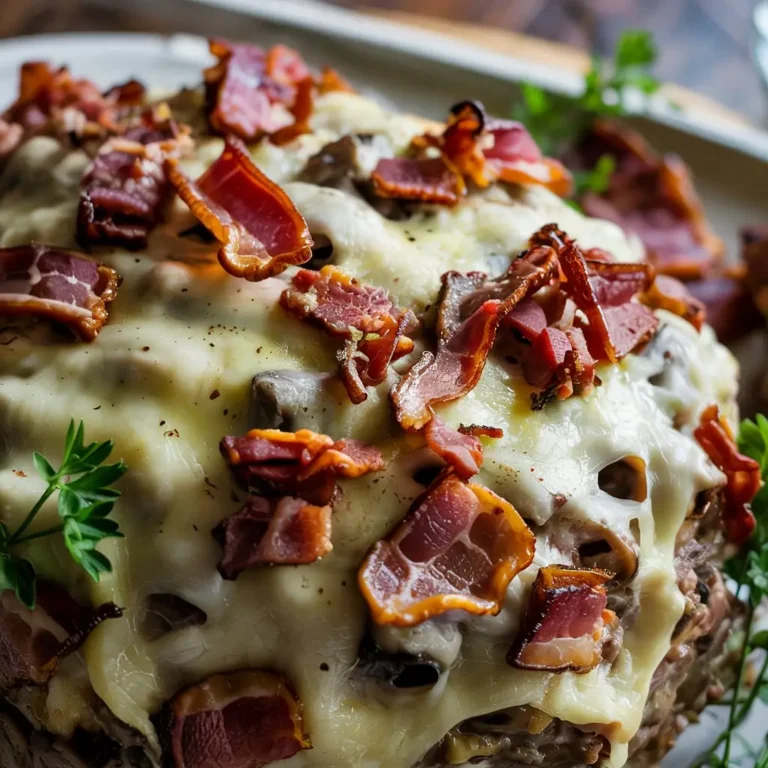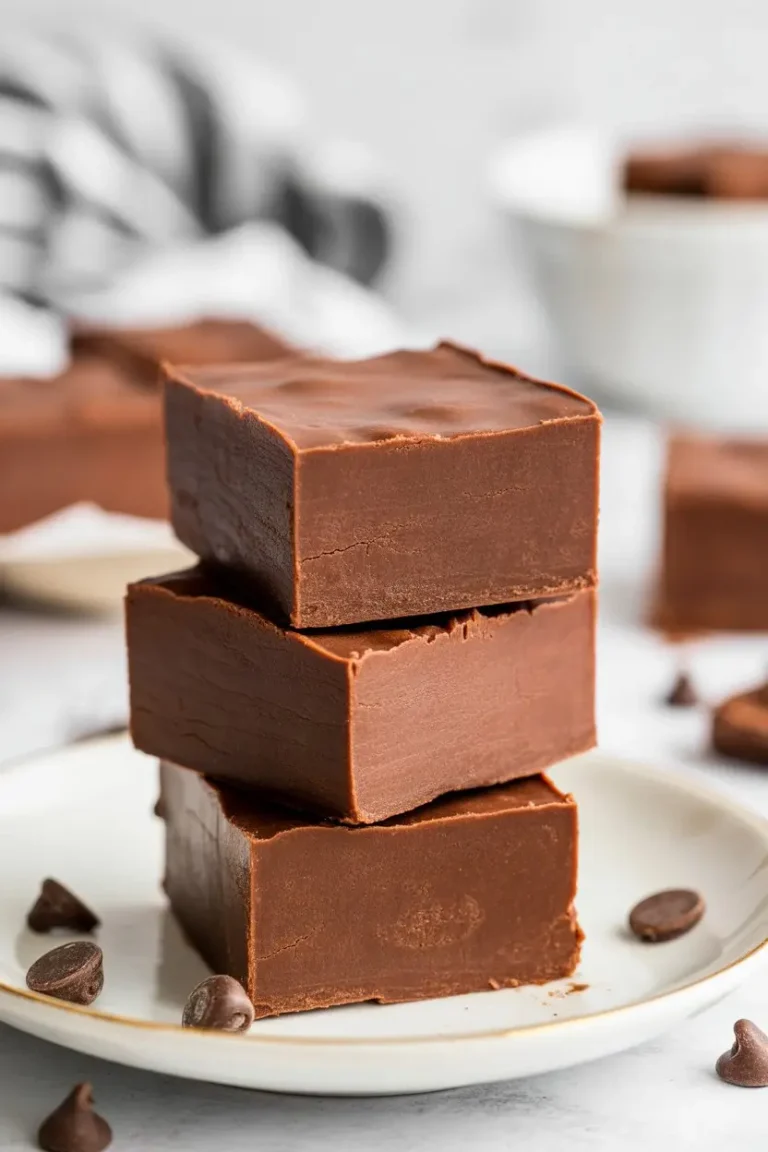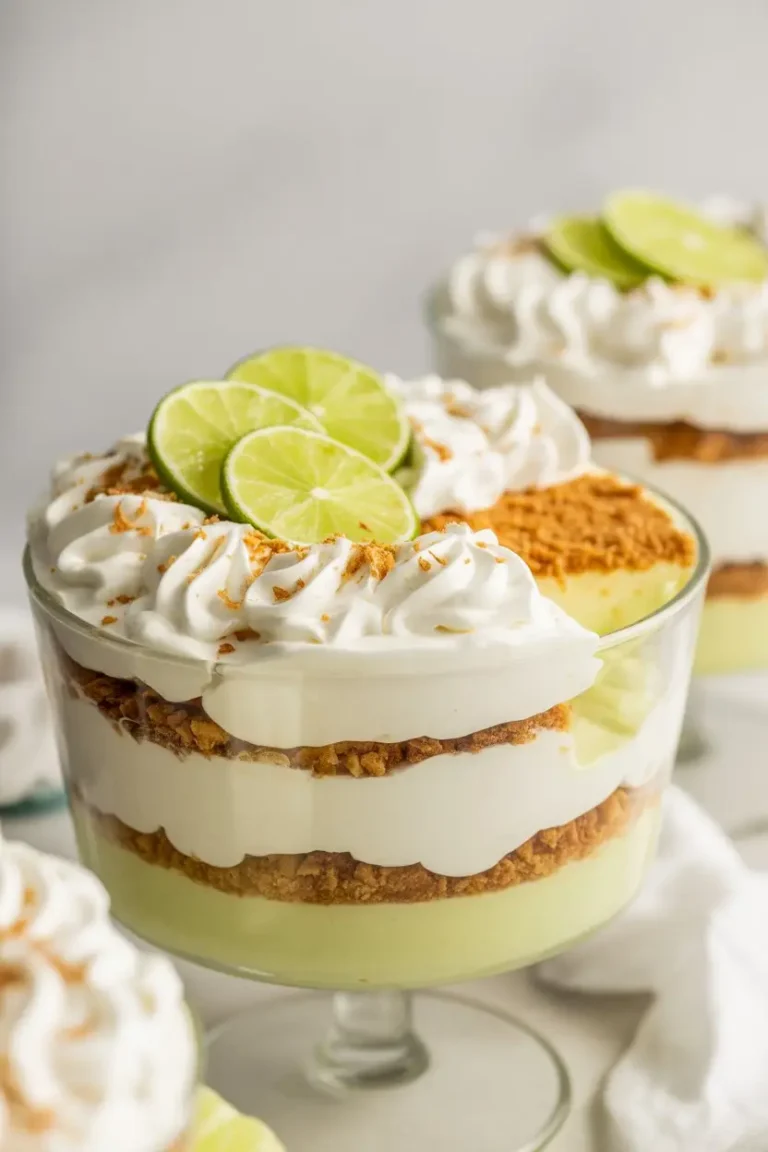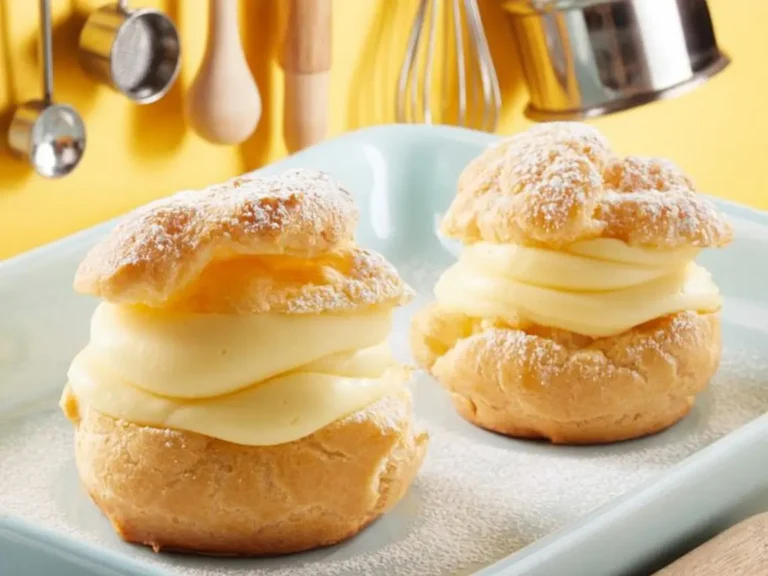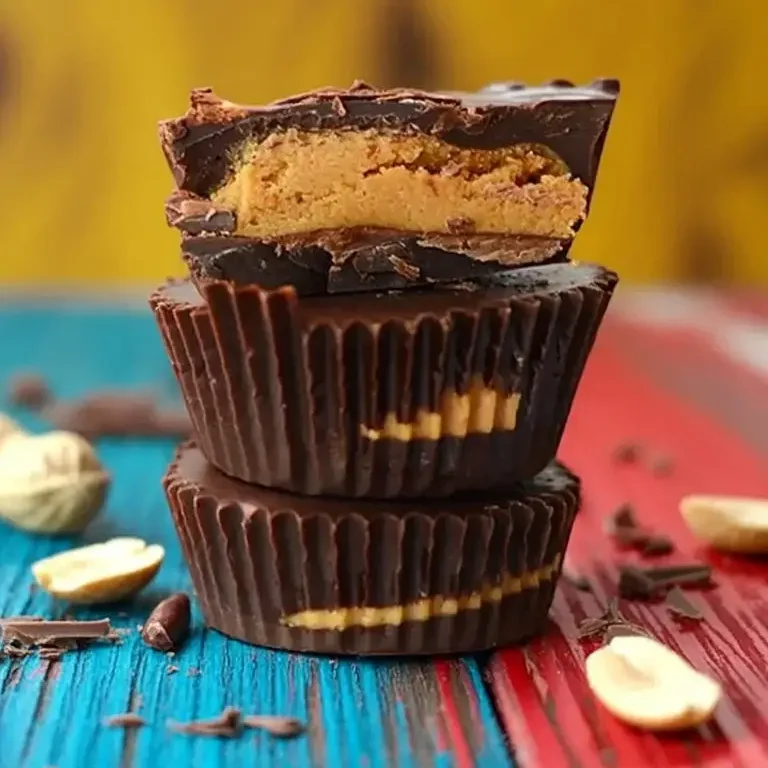Can we talk about those desserts that just… break your brain a little? The ones that make you stare at your fork and wonder if there’s some kind of kitchen witchcraft at play.
That’s this cake. It’s a total enigma. You pour one ridiculously thin, watery-looking batter into a pan, slide it in the oven, and somehow—impossibly—it splits itself into two perfect layers.
On the bottom? A dense, tangy, shockingly luxurious lemon custard. The top becomes this impossibly light, airy sponge cake. It’s a culinary magic trick, and I’m about to show you how the trick is done. It’s way easier than it looks.
What You’ll Need
- 4 large eggs, separated (no cheating, this is crucial)
- 1 ½ cups granulated sugar
- ½ cup unsalted butter, melted and cooled a bit
- 1 cup all-purpose flour, sifted
- 2 cups milk (whole is best), lukewarm
- ½ cup fresh lemon juice (from 2-3 good lemons, please!)
- 2 tablespoons lemon zest (zest before you juice)
- ¼ teaspoon salt
- Powdered sugar, for dusting
Essential Kitchen Tools
You don’t need a bunch of fancy gear. Just the usual suspects.
| Tool | Why You Need It |
|---|---|
| 8×8 Inch Pan | The cake’s home. |
| Larger Roasting Pan | For the water bath. |
| Electric Mixer | Whipping whites by hand is rough. |
| Mixing Bowls | You’ll need at least three. |
| Spatula & Whisk | For folding and mixing. |
How to Make The Magic Lemon Custard Cake
The real secret isn’t the ingredients, it’s the method. Just follow along and trust the process, even when it feels weird.
Step 1: Prep
Get your oven going at 325°F (165°C). Butter and flour your 8×8 pan really well. Have a kettle of hot water ready to go.
Step 2: Eggs & Sugar
In a big bowl, whisk the egg yolks and sugar together until they’re pale and creamy, about a minute. Now whisk in the melted butter, lemon juice, and zest until it’s all smooth.
Step 3: Flour & Milk
Sift the flour and salt right into the yolk mixture. Whisk until it’s just combined—it’ll be super thick. Don’t panic. Slowly stream in the lukewarm milk while whisking. The batter will look terrifyingly thin. This is correct.
Step 4: Egg Whites
In a separate, squeaky-clean bowl, beat the egg whites with an electric mixer until they form stiff peaks. They should stand up straight and not flop over when you lift the beaters.
Step 5: The Fold
This is the moment that matters. Gently fold about a third of the whites into your thin batter to lighten it up. Then, add the rest and fold *just* until you don’t see huge streaks of white. Do not stir. Do not overmix. You’re trying to keep the air in.
Step 6: Bake
Pour the batter into your prepped pan. Place it inside the larger pan and pour hot water into the larger pan until it comes halfway up the sides of your cake pan. Bake for 50-60 minutes. The top will be golden and a toothpick in the *top cake layer* will come out with moist crumbs.
Step 7: Cool Down
Take the cake pan out of the water bath and let it cool on a rack. Completely. To room temperature. I’m talking at least 2 hours. If you cut it warm, you’ll have a soupy mess. Patience is everything here.
Stuff I Learned the Hard Way
Let’s be real, a few things can make or break this cake. Here’s what I’ve figured out.
Room Temp is Key
Seriously, don’t skip this. Eggs that aren’t freezing cold whip up bigger and better. Lukewarm milk mixes in without turning the batter into a lumpy disaster. Just set them on the counter for a half-hour before you start.
Don’t Kill the Whites
When you fold the egg whites in, think gentle. Think deliberate. You’re not mixing, you’re carefully combining. Over-mixing is the #1 reason this cake fails to separate. A few little white streaks are fine—better to under-mix than over-mix.
FAQs
Q1. My cake didn’t separate into two layers. What gives?
Ans: Nine times out of ten, you got a little too aggressive folding in the egg whites. You knocked all the air out, so they couldn’t float to the top and become the cake layer.
Q2. Can I use that lemon juice from a bottle?
Ans: I mean, you *can*, but it’s a shadow of what it could be. The whole point is that bright, zippy flavor from a real lemon. It’s worth the 60 seconds of squeezing, I promise.
Q3. Why is my custard layer runny?
Ans: Probably one of two things: it was under-baked, or you didn’t let it cool long enough. That cooling time is non-negotiable—it’s when the custard actually sets up.
Storing & Serving
This cake is a champ at being made a day ahead. I actually think it’s better after a night in the fridge. The flavors get to know each other better. Just cover it tightly and keep it chilled.
Leftovers keep for 3-4 days in the fridge. When you’re ready to serve, dust it with powdered sugar. It looks pretty and adds that final touch of sweetness. A few raspberries on the side never hurt, either.

